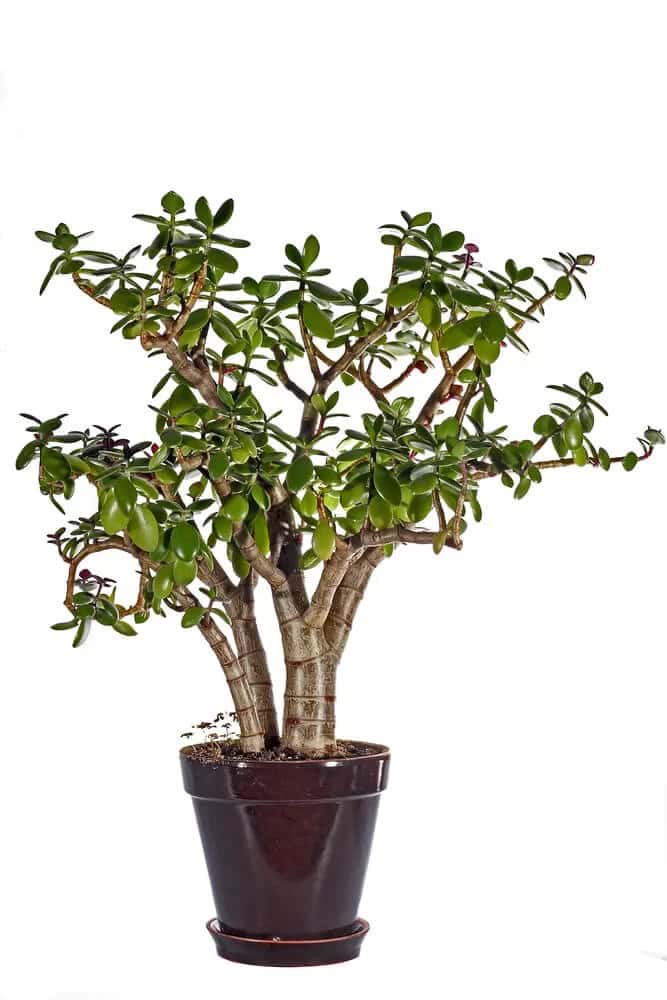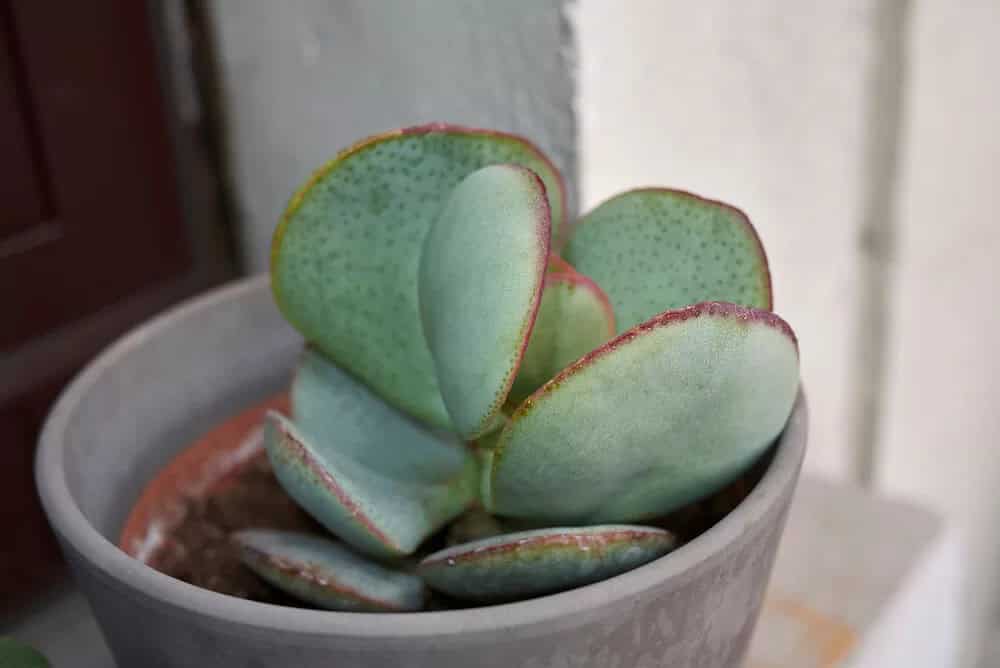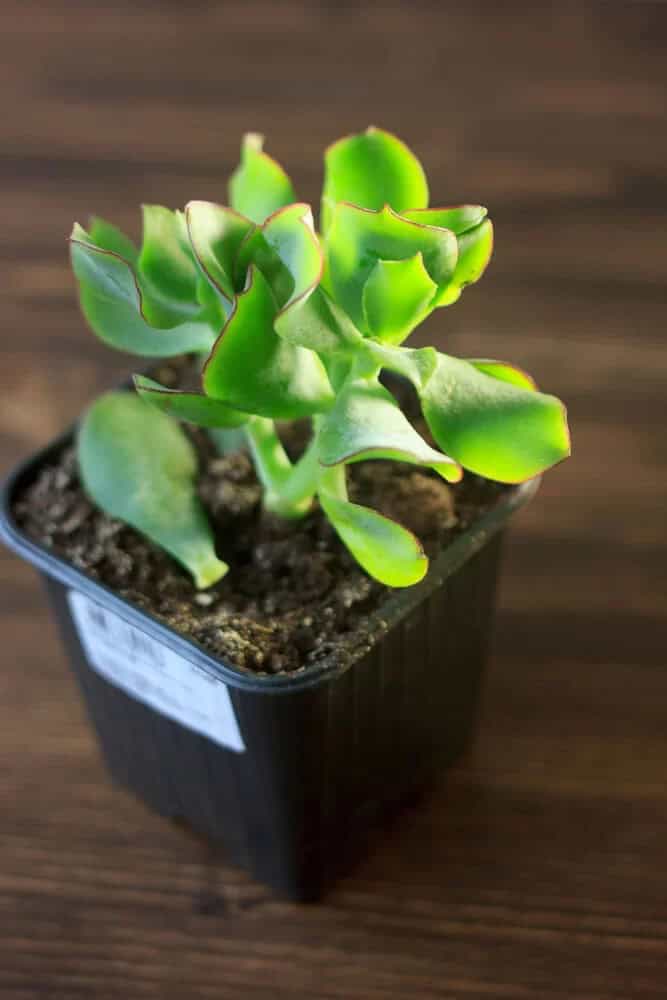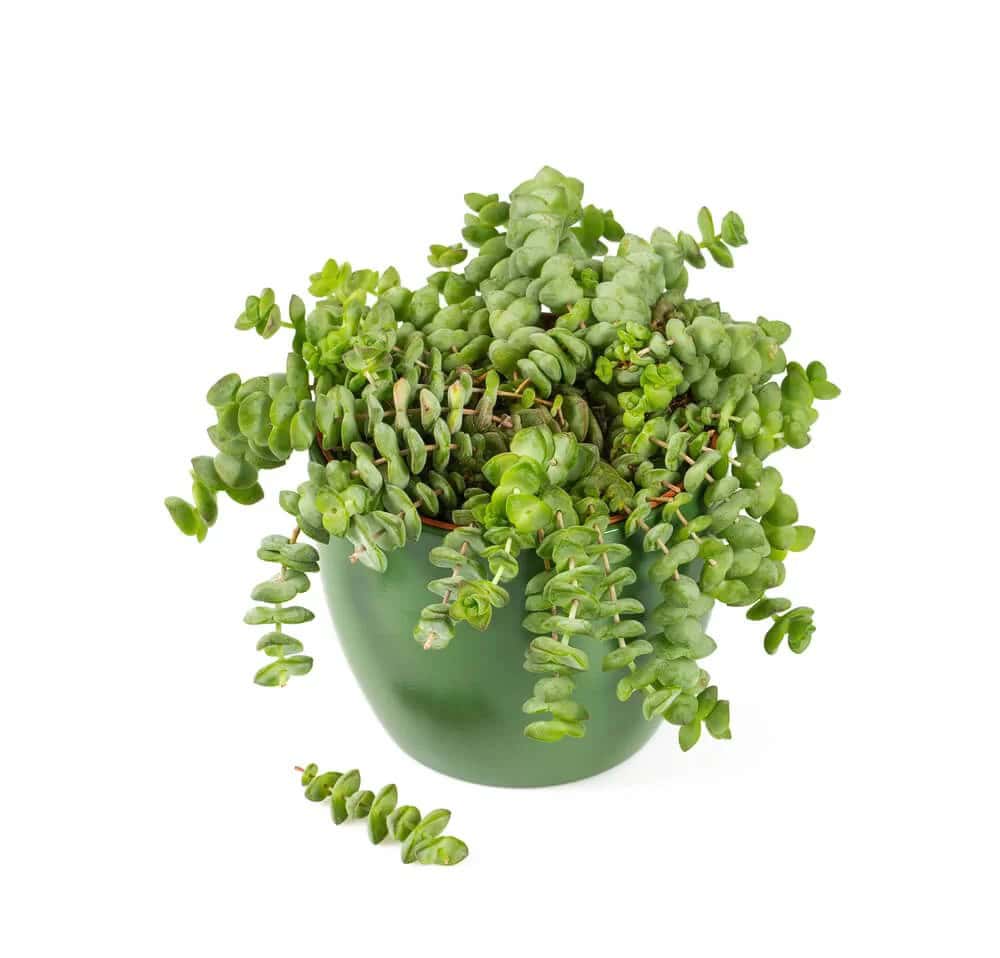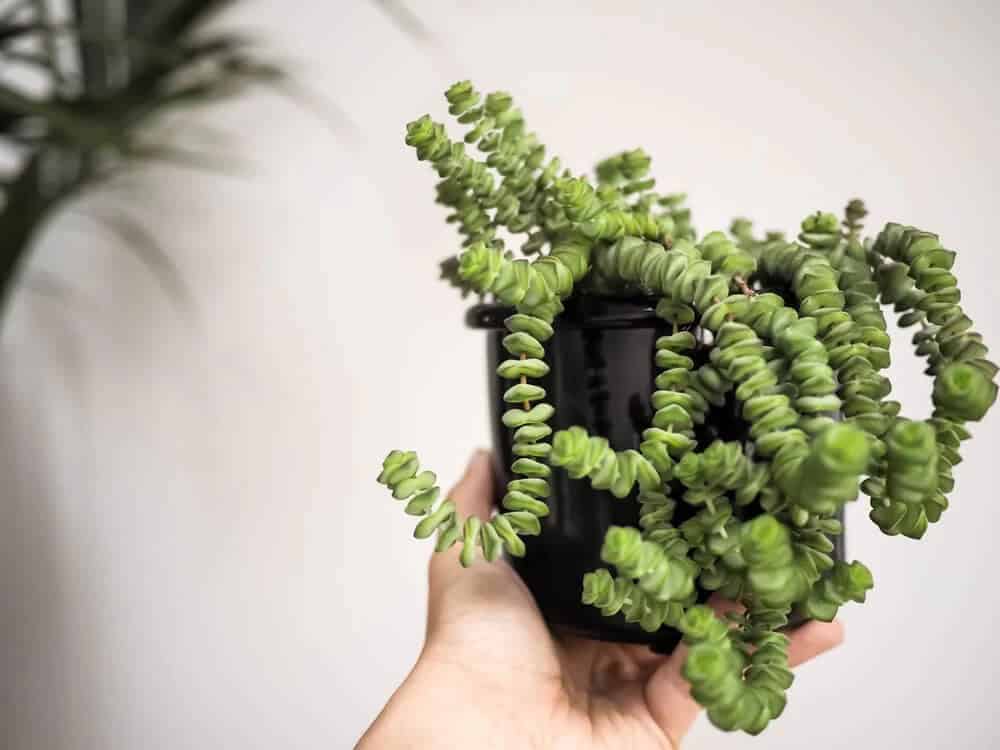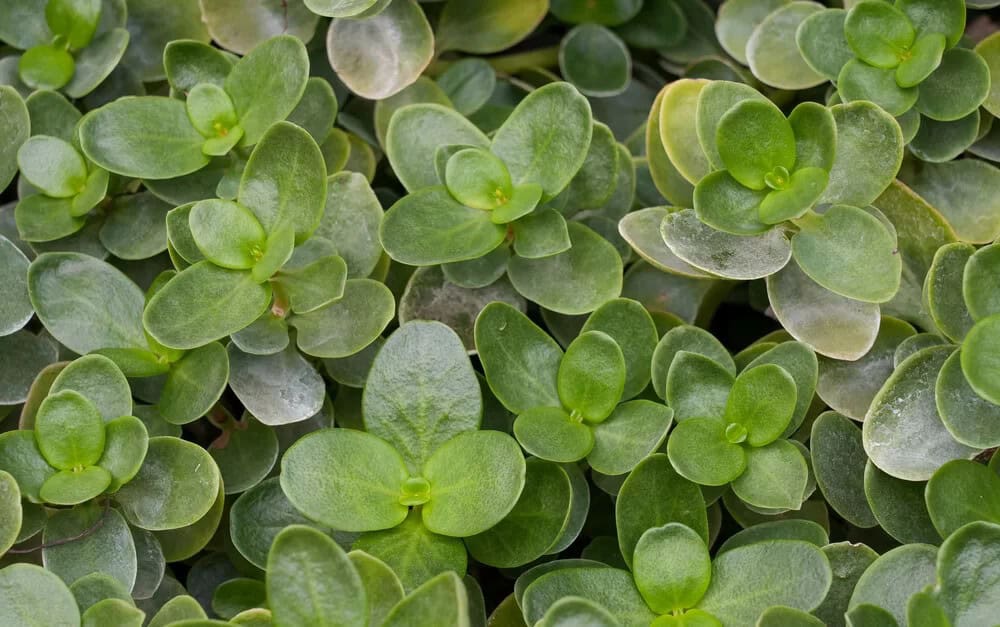Jade plants have become staples in indoor gardening due to their unique combination of benefits. These low-maintenance plants thrive in well-lit environments, but they’re not fussy about the specifics – a little sunlight goes a long way. Moreover, they require infrequent watering and fertilization, making them perfect for busy plant parents. Even pruning is a rarity with jade plants, as they’re content to grow at their own pace.
As you explore this list of 13 exceptional succulent varieties, you’ll be struck by the diversity of growth habits and foliage types on display. Each one is a testament to the incredible range that these plants can exhibit, making them a treasured addition to any indoor garden.
Key Takeaways
While individual jade plants may possess unique characteristics, there are certain commonalities that unite the entire group. As you delve into this article, keep in mind these five key takeaways that will recur throughout: the genus to which true jade plants belong, the appearance of their foliage, their geographical origins and preferred growing conditions, their ease of care, and the variety of cultivars with intriguing growth habits.
Jade plants within the Crassula genus, for instance, have thick, fleshy leaves that set them apart from other species. These succulents hail from South Africa, where they thrive in hot, dry environments. Furthermore, many jade plant varieties boast attractive foliage and require minimal maintenance, making them a popular choice among plant enthusiasts.
13 Fortune-Filled Types of Jade Plants that Might Just Bring You Good Luck
Jade Plant (Crassula ovata)
The journey begins with the original, Crassula ovata, a staple in the world of jade plants. Originating from South Africa’s arid regions, where it thrives in USDA hardiness zones 10 to 12, this plant has defied geographical boundaries to become a global phenomenon. Its widespread popularity stems from a harmonious balance between aesthetic appeal and ease of care. While not the only ‘jade’ species, Crassula ovata serves as the foundation for many cultivars that follow.
Moreover, it represents an excellent starting point for newcomers to the world of jade plants. As the quintessential representative of its genus, this variety embodies all the hallmarks of a classic jade plant and is an ideal choice for novice indoor gardeners. With this species as our foundation, we can now explore the impressive ornamental features that have emerged through cultivation.
Botany Bay (Crassula ovata ‘Botany Bay’)
The Botany Bay cultivar is another Crassula ovata species that caught our attention. This relatively recent addition to the nursery trade, having emerged within the last two decades, boasts a distinctive characteristic – its leaf coloration. Unlike other jade plants, Botany Bay’s leaves are large and thick, typically displaying a rich green hue that can gradually shift to a yellow-green tone.
What truly sets this variety apart is the subtle yet striking dark red edging on each leaf’s margin, which can be more pronounced in certain conditions. Interestingly, this bold coloration tends to appear when the plant is exposed to extreme heat and intense lighting.
Gandalf Jade (Crassula ovata ‘Gandalf’)
While exploring the realm of fantastical flora, one often stumbles upon plants that defy conventional expectations. The first of three such specimens to be featured here is the enigmatic Gandalf jade. This peculiar plant owes its name to J. R. R. Tolkien’s iconic Lord of the Rings series. Initially, it might seem logical to assume that these three jade plants would share a uniform appearance, given their shared inspiration. However, a closer look reveals that each has its unique characteristics.
Unlike its counterparts, which boast slender, tubular foliage, the Gandalf jade boasts thicker leaves with a similar tube-like shape. This deviation from the norm is not a drawback, but rather a distinguishing feature that sets it apart from an already impressive collection of plants.
Gollum Jade (Crassula ovata ‘Gollum’)
In contrast to its predecessors, the Gollum jade plant boasts a look that’s undeniably eerie. Its long, rounded leaves are reminiscent of skeletal fingers, evoking memories of Tolkien’s infamous creature from The Lord of the Rings. While this plant’s appearance may conjure dark and foreboding connotations, it surprisingly thrives in warm, sun-drenched environments, much like its jade plant counterparts.
Therefore, when cultivating the Gollum jade plant, be sure to select a spot that receives substantial sunlight throughout the day, allowing its beauty to shine through.
Hobbit Jade (Crassula ovata ‘Hobbit’)
The final Lord of the Rings-inspired jade plant on our list is just as captivating as its predecessors. The Hobbit jade boasts linear, tubular foliage with a charmingly irregular shape, characterized by saucer-like openings at the tips. These apertures occasionally display a reddish hue, adding to the plant’s visual allure.
In contrast to its more sprawling counterparts, the Hobbit jade begins life with an impressively petite stature, appearing as a collection of ascending green shoots that fill any container. As it matures, this diminutive gem transforms into a miniature tree-like form, supported by sturdy woody stems and branches. This evolution from compact sprout to robust shrub is reminiscent of the humble Hobbit’s unassuming nature.
Pink Beauty Jade (Crassula ovata ‘Pink Beauty’)
The next cultivar on our list may not share its name with a film series, but it’s still a Crassula ovata variety that stands out from the crowd. One glance at the Pink Beauty Jade plant and you’ll understand why it’s so easily distinguishable from its relatives. The key to this plant’s uniqueness lies in its floral characteristics, rather than just relying on its foliage like many other jade plants.
In fact, while the leaves of the Pink Beauty Jade are lovely, it’s the star-shaped pinkish-white flowers that bloom in clusters above a rounded, shrub-like form that truly set it apart. This unique combination of features makes the Pink Beauty Jade a compelling choice for anyone looking to add some variety to their plant collection.
Skinny Fingers Jade (Crassula ovata ‘Skinny Fingers’)
While we’ve explored a variety of Crassula ovata species and cultivars, the skinny fingers jade plant stands out as a unique and captivating addition. Its slender, almost spindly leaves evoke a sense of elegance, making it a compelling choice for those seeking a statement piece. As with other members of this species, the skinny fingers jade plant thrives under similar care routines, including the long-term benefits of neglecting to water it too frequently.
Moreover, it boasts a special charm, as it produces star-shaped flowers in the winter months, adding an extra layer of visual interest. It’s undeniable that this cultivar has its own distinct character, making it an excellent choice for those seeking a plant that exudes sophistication and refinement.
Silver Dollar Jade (Crassula arborescens)
The jade plant’s alias, money plant, is a familiar moniker, but the silver dollar species takes its name to a new level of pecuniary precision. Its rounded foliage and silvery hue evoke the image of silver dollar coins, while the magenta streaks along each leaf’s edge provide a striking contrast. This Crassula arborescens variant is just one of several that will require tailored care to maintain its verdant allure.
A key consideration for thriving silver dollar jade plants is soil moisture – or rather, the absence thereof. These plants flourish in well-draining growing mediums and are susceptible to root rot if overwatered.
Blue Bird Jade (Crassula arborescens ‘Blue Bird’)
Despite ongoing debate within the botanical community about the blue bird jade plant’s classification, most experts agree that it is a member of the Crassula arborescens species. This remarkable plant has captivated gardeners with its stunning appearance, featuring bluish leaves that can take on a wavy shape. The contrast between these striking leaves and the white flowers that bloom on the plant is truly breathtaking.
When grown outdoors, the blue bird jade plant can reach impressive heights of two to three feet, but its size also makes it an ideal candidate for indoor cultivation, which has been the norm in the United States and Europe for roughly eight decades due to its temperature sensitivity below 20 degrees Fahrenheit. Notably, this plant’s larger-than-average size makes it a popular choice among bonsai enthusiasts who appreciate the art of cultivating miniature trees.
Jade Necklace (Crassula marnieriana ‘Jade Necklace’)
While jade enthusiasts may assume that most members of the jade family share similar characteristics, they would be surprised to learn that many varieties can exhibit vastly different forms. One stunning example is the jade necklace, a plant that defies expectations with its unique appearance. Unlike other jade plants, this variety features long, slightly upright segments that often sprawl outward from the container, giving it an effortless, elegant air.
The leaves themselves are a vibrant light green hue with subtle reddish undertones, adding to their visual appeal. What’s more, this plant thrives in dry indoor environments, making it an ideal choice for those seeking low-maintenance yet stylish additions to their interior spaces.
Jade Tower (Crassula marnieriana ‘Jade Tower’)
While the jade tower shares many similarities with the jade necklace, it also has some notable differences. One of the most obvious distinctions is the size and shape of its leaves – those on the jade tower tend to be thicker and larger than their counterparts on the jade necklace. Additionally, the jade tower’s stems are more upright and less prone to trailing along the ground.
In terms of care, it’s worth noting that both plants can be susceptible to pests like mealy bugs, but fungal diseases and root rot are a greater concern for the jade tower. To prevent these issues, it’s essential to maintain a dry environment, avoiding excessive humidity and waterlogged soil. By doing so, you’ll help keep your jade tower plant healthy and thriving.
Fairy Crassula (Crassula multicava)
As we approach the conclusion of our exploration, it’s clear that the diverse species of jade plants are characterized by distinct visual traits. One such example is Crassula multicava, also known as fairy crassula. Unlike the typical fleshy leaves of a jade plant, fairy crassula’s small, round leaves are often thinner and exhibit remarkable color variability even within individual leaves. The subtle interplay between shades of green and light purple adds an extra layer of visual interest.
Beyond its striking foliage, fairy crassula is also notable for its tall stalks that rise above the leafy canopy, bearing delicate pink flowers with four-pointed petals. As these blooms unfold, they create a soft, fluffy texture that envelops the plant, further accentuating its unique charm.
Campfire Crassula (Crassula capitella ‘Campfire’)
When gardeners seek to add a splash of color to their space, they often overlook the campfire crassula, a hidden gem within the jade plant family. This vibrant specimen boasts leaves that can shift from green to fiery shades of red and yellow, making it an eye-catching addition to any room. The campfire crassula’s low-maintenance requirements – it thrives on minimal watering and pruning – only add to its appeal.
Furthermore, this particular jade stands out for its ability to tolerate partial shade, a rare trait among its relatives that typically demand full sunlight. With its unique color palette and adaptable nature, the campfire crassula is an excellent choice for anyone looking to inject some warmth and character into their home.
Frequently Asked Questions About Types of Jade Plants
Are there Male and Female Jade Plants?
Jade plants are classified as dioecious, a characteristic that sets them apart from other plant species. Dioecious refers specifically to the manner in which these plants reproduce. Unlike plants that produce both male and female reproductive organs, jade plants are either entirely male or female. As such, they do not possess the ability to self-pollinate, requiring at least one male and one female plant for successful reproduction through pollination.
This unique reproductive pattern is not unlike that found in many animal species, where individuals often require a mate from another species to successfully reproduce. While this may seem counterintuitive when compared to the typical plant world, it’s actually a natural extension of the principles that govern the reproductive habits of many living organisms.
What is the Most Expensive Jade Plant?
While exact figures on the world’s most expensive individual jade plant may be impossible to determine, whispers of high-priced sales abound. Rumors circulate about certain specimens fetching several thousand dollars, although such exorbitant prices remain an exception rather than the rule. In reality, most jade plants are quite affordable, which, combined with their striking appearance and low-maintenance care requirements, contributes to their enduring popularity.
How Do I Identify a Jade Plant?
Once you’ve gained familiarity with jade plants, it becomes effortless to recognize them. Although each species and cultivar will possess distinct characteristics setting them apart, there are some common traits that most jade plants share. As succulents, they’re characterized by thick, fleshy leaves that diverge from those of other plant types.
Jade plant leaves often exhibit a rounded shape and a glossy texture, providing a visual signature that’s become second nature for those familiar with the species.
Do Jade Plants Have Babies?
While jade plants have the capacity to reproduce, they often miss this opportunity due to various factors. But this doesn’t mean you can’t multiply them from existing ones. In fact, instead of relying on pollination, you can propagate your jade plant through cuttings. By taking small sections from mature jade plants and planting them in suitable soil conditions, you can successfully cultivate new baby jade plants that are essentially miniatures of the original.
Are All Jade Plants Lucky?
Jade plants have long been imbued with symbolic significance, with many regarding them as a symbol of good fortune. Some even believe that they can attract wealth and prosperity. While some people pinpoint the placement of their jade plant as the key factor in determining the amount of luck it brings, others take a more relaxed approach. Ultimately, whether or not you choose to imbue your jade plant with symbolic meaning is up to you.
What’s undeniable, however, is that jade plants are both widely popular and fascinatingly complex. As an indoor gardening enthusiast, you may have already stumbled upon some of the interesting facts surrounding these plants. But for those who are new to the world of jade plants, this is a great starting point for building your knowledge. By exploring the intricacies of jade plant biology and behavior, you’ll be well on your way to becoming an expert in no time.
13 Luscious Types of Jade Plants with Leaves that Are Thick and Fleshy
While jade plants are often associated with simplicity and uniformity, the reality is that they come in a surprising array of shapes, sizes, and colors. From their unique growth habits to the subtle nuances of their leaf structures, each variety of jade plant offers something distinct from its peers. This diversity is all the more impressive when you consider how low-maintenance these plants are. With so many options available, finding the perfect jade plant for your home is a breeze.
The result? A beautiful, thriving addition to your interior décor that requires little to no fuss or attention.






